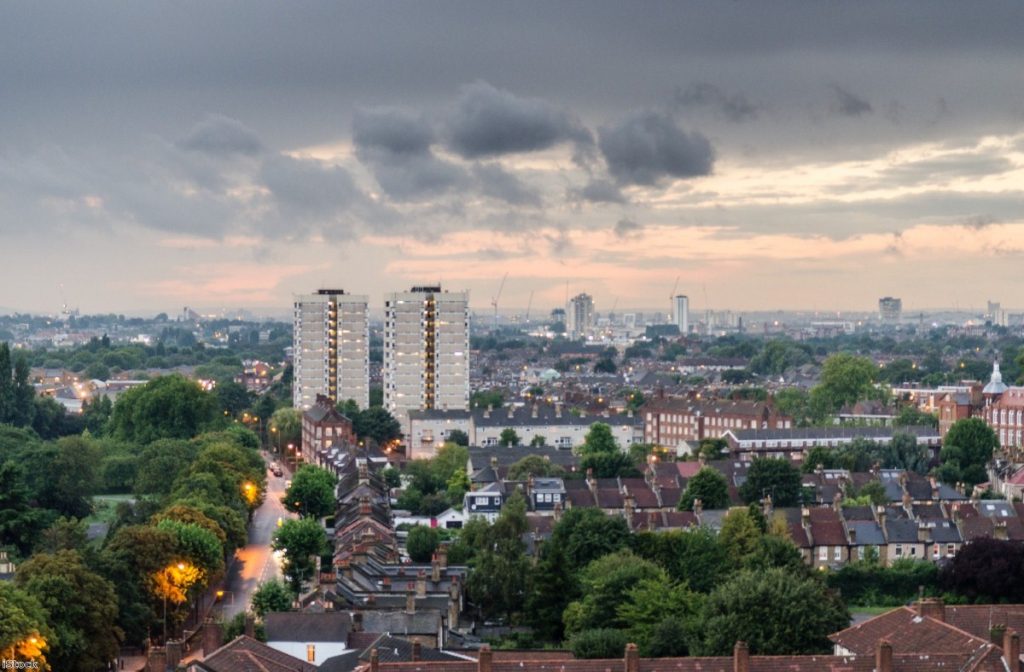By Sara Gariban
New figures released by the charity Crisis show that the number of 'hidden' homeless will rise by 47% to 13,400 over the next decade, unless the government takes immediate action.
As the term suggests, the 'hidden' homeless are not the rough sleepers you may see in your town or city. This group do not always appear in statistics or present at the usual services. They do not have access to suitable, fixed accommodation, but use a range of informal means to avoid sleeping on the streets on a permanent basis. This can mean staying on a friend or relative's sofa and hopping from place to place.
Homelessness finally appears to be rising up the political agenda, with the introduction of Housing First pilot schemes and the launch of the Homelessness Reduction Taskforce.


Unfortunately, wider decisions in different areas of housing policy have combined to create a cascade of failure, pushing people into this insecure, unsettling existence. Hidden homelessness will remain a growing problem until the government addresses its root causes in the structural problems in the housing market.

Social housing: Undersupply
Firstly, years of undersupply have made social housing an unattainable prospect for most. In the 1980s nearly three quarters of non home-owners lived in social rented accommodation. Reflecting a downturn in investment, that proportion is now less than half and, since 2010/11, the number of new social homes built or bought has continued to drop from 39,560 to 6,550 in 2015/16. The waiting list now stands at 1.2 million.
New policies stand to exacerbate, rather than relieve, the problem. The Welfare Reform and Work Act (2016) requires social landlords to reduce their rents by one per cent. This has hit their budgets, discouraging investment in new social housing stock. As a result, the Office for Budget Responsibility estimates that 14,000 fewer social homes will be built between now and 2020/21.
With insufficient social housing to provide a safety net for the majority of people, those who are 'just about managing' are being pushed towards the private rented sector (PRS).
Private Rented Sector: Unaffordable
But the PRS is itself dominated by high rents and insecure tenures. One in seven tenants privately renting from a landlord is paying more than half of their income in rent. Private renters already tend to be the young and those on the lowest incomes, who already face financial insecurity. Burdensome rents mean that 1.3 million households are left below the Joseph Rowntree Foundation Minimum Income Standard after paying rent. This huge financial burden is, for many, an insurmountable barrier to saving for home ownership. In addition, fluctuations in income can put tenants at real risk of losing their home and being forced out.

Private Rented Sector: Insecure
Even tenants who can pay their rent are not safe. Government data shows that the end of an Assured Shorthold Tenancy has become the leading cause of homelessness over the last decade. Specifically, research by Shelter has shown that, since 2011, the rise in the number of households evicted from a privately rented home has accounted for 78% of the rise in homelessness over the period.
As part of the Autumn budget, the chancellor Philip Hammond announced a consultation on the longer term leases for renters. While this demonstrates a commitment to exploring the issue of insecurity, this move does not address the scale of the problem.
Years of low investment in social housing, lack of regulation of the Private Rented Sector, and the insecurity of shorthold tenancies has created a system where those who are struggling can fall too easily through the cracks.
That's why the government must take comprehensive action to tackle this toxic combination of factors together – and end the damaging limbo of hidden homelessness.
Sara Gariban is the policy and projects officer at ResPublica
The opinions in politics.co.uk's Comment and Analysis section are those of the author and are no reflection of the views of the website or its owners.









